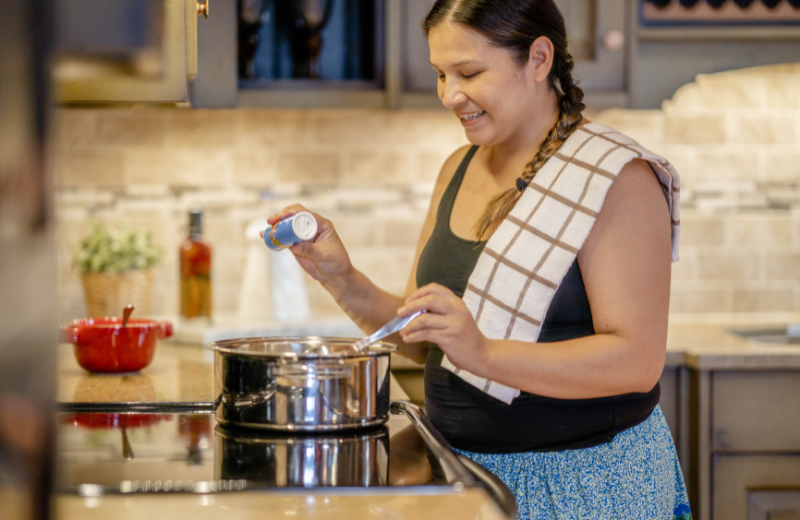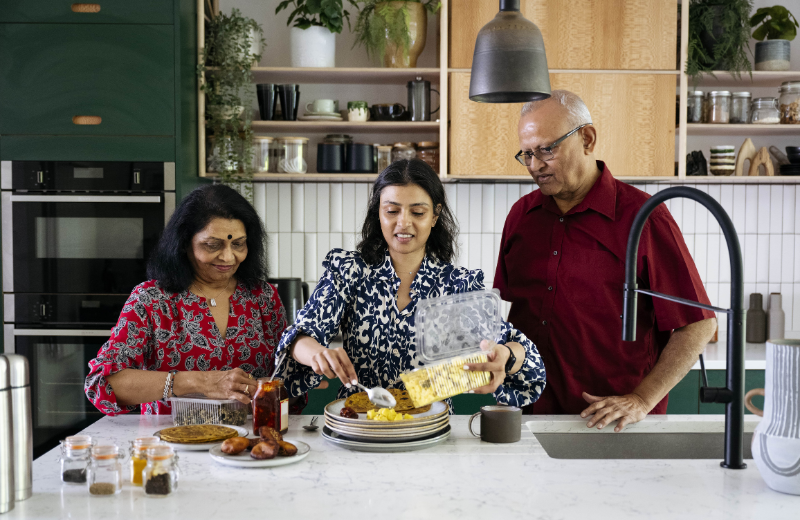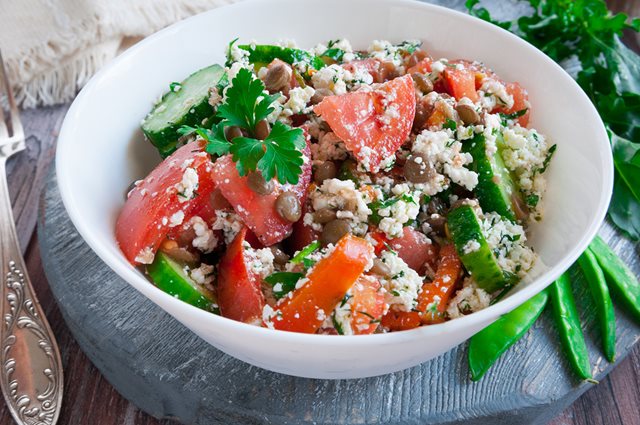Find the perfect 7-day meal plan for you
Managing your diet is important when you live with diabetes. Explore our plans, which are designed to help you enjoy delicious meals that meet your dietary needs.
Meal planning is as individual as you are. Be sure to consult your doctor and other members of your diabetes care team, such as your certified diabetes educator (CDE), nutritionist or dietitian, before making any changes to your current plan. For general meal planning tips, learn more here.
Enjoy our 7-day meal plans

7-day healthy meal plan
Try a diabetes-friendly customized meal plan designed to promote balanced nutrition without compromising on taste. This plan is designed to help regulate blood sugar levels, incorporating a variety of wholesome ingredients and portion sizes.

7-day vegan healthy meal plan
This plan features diabetes-friendly foods, including low-glycemic-index carbohydrates such as oats and pulses, and healthy fats like canola oil.

7-day gestational diabetes healthy meal plan
This plan, which is nutritionally balanced and delicious, is designed to support you during your pregnancy.

7-day Mediterranean healthy meal plan
This plan is based on the Mediterranean meal pattern which focuses on fruits and vegetables, whole grains, legumes, and lean proteins such as fish.

7-day Chinese healthy meal plan
Traditional Chinese dishes are part of this plan, as well as some non-traditional options and snacks.

7-day gluten-free healthy meal plan
A gluten-free diet provides benefits for some people with diabetes and celiac disease or gluten intolerance. The carbohydrates in this plan are balanced throughout each day.

7-day low-carbohydrate healthy meal plan
This plan features healthy plant-based foods, low-glycemic-index carbohydrates, and less than 130 grams carbohydrates per day.

7-day dairy-free healthy meal plan
This plan includes plenty of non-dairy calcium-rich foods and ones that are diabetes-friendly, too.

7-day South Asian healthy meal plan
These delicious and healthy meals include dishes from various South Asian kitchens.

7-day Caribbean healthy meal plan
These delicious and healthy meals feature dishes from various Caribbean kitchens.

7-day vegetarian healthy meal plan
This plan features diabetes-friendly foods like low-glycemic-index carbohydrates such as oats, and healthy fats like canola oil.
Whether you're following a vegan lifestyle, managing gestational diabetes or craving Mediterranean flavours, we have a 7-day healthy meal plan you’ll love.
How our 7-day meal plans work
Using our meal planning tool is simple:
- Select your plan: Choose from one of our 11 options.
- Explore your plan: Click on your chosen plan for detailed information, recipes and shopping lists.
- Get started: Begin your journey to better diabetes management with a week of delicious balanced meals.
Basic meal planning
Start your journey to better diabetes management with these essential meal planning tips.
Diabetes-friendly recipes
You don't need to have diabetes to enjoy our recipes—anyone can enjoy these! Each recipe includes the amount of carbohydrate, sugar, fat, sodium and calories in each serving.
Related Content

Healthy eating
Meal planning and healthy eating go hand-in-hand! Learn how here.
Health eating About Healthy eating
Amazing recipes
Delicious diabetes-friendly recipes for every dietary need and any time of day.
Browse recipes About Amazing recipes
Tools & resources
We've got dozens of tools and resources to help you understand and manage diabetes.
Tools & resources About Tools & resources